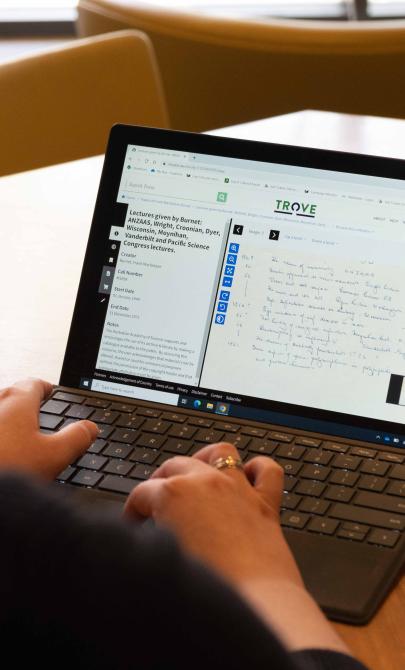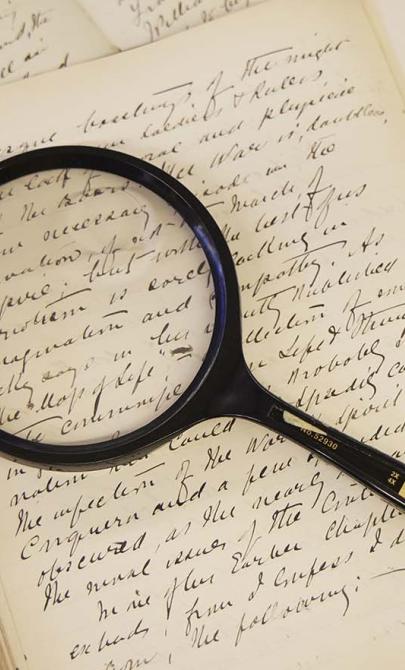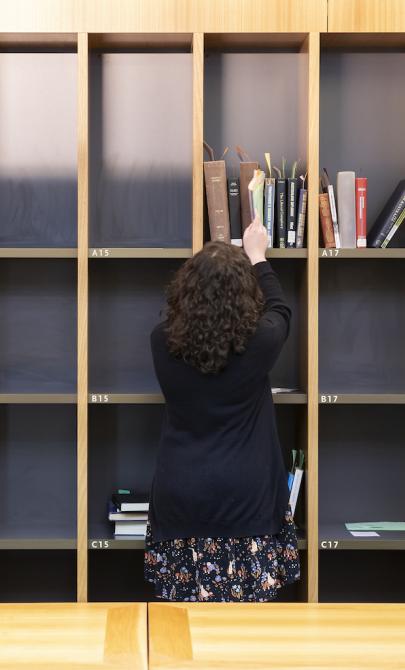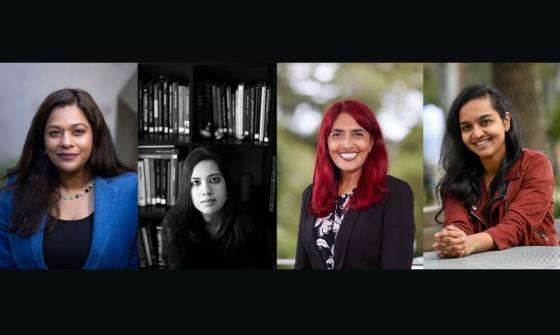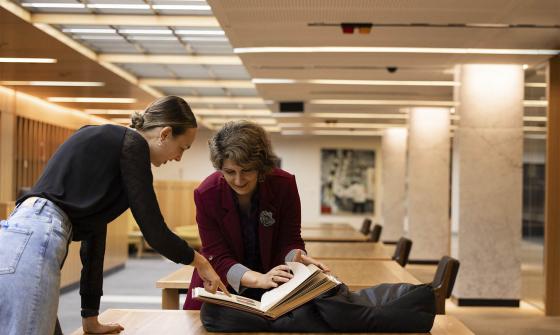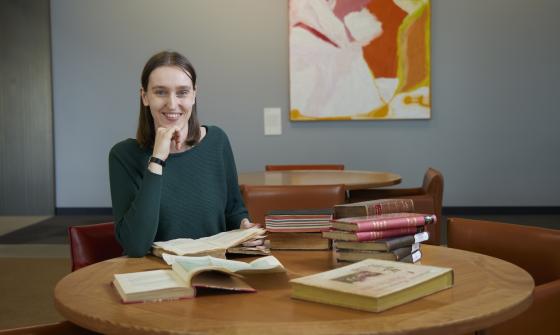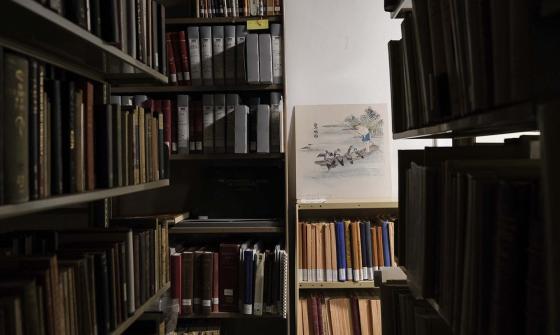Fang Collection
Key items in the collection
Highlights from this collection demonstrate its historical significance and variety.
The Fang Collection includes around 6000 titles, with approximately half in Chinese and half in English or other Western languages. The collection’s scope is broad, reflecting collector Zhiqing Fang’s deep interest in Chinese history, particularly the Qing dynasty (1644–1911) and the 20th century.
The collection has the distinction of containing the oldest printed volume held by the Library:
- Da ban ruo bo luo mi duo jing / Xuanzang feng zhao yi (1162), volume 42 only.
Other subjects covered include Chinese art, literature, archaeology and philosophy. Notable Western-language books include rare 17th- and 18th-century works on Chinese culture, religion and history. Examples include:
- Sinarum philosophus, sive Scientia sinensis latine exposita (1687), edited by Philippe Couplet and others — a Latin presentation of Confucian teachings that influenced Enlightenment thinkers.
- J.-B. Du Halde, A Description of the Empire of China and Chinese Tartary, Together with the Kingdoms of Korea and Tibet (2 vols, 1738–41) — a major Western work about China in the 18th century.
- Sir Henry Ellis, Journal of the Proceedings of the Late Embassy to China (1817) — an account of the 1816 British diplomatic mission to China, led by Lord Amherst.
- Louis Le Comte, Nouveaux memoires sur l’etat present de la Chine (3 vols, 1697–98) — a favourable description of Chinese civilisation by a Jesuit missionary.
- Gabriel de Magalhães, A new history of China (1688) — the English edition of a major French history of China.
- Martino Martini, Bellum Tartaricum, or the conquest of the most renowned empire of China (1654) — a detailed account of the Manchu conquest of China.
Serials and scholarly journals
The collection also contains important runs of Chinese serial publications, including:
- Gu gong zhou kan (1929–36) — an illustrated weekly issued by the National Palace Museum in Taipei, providing insights into its collections.
- Fu ren xue zhi (1928–45) — a scholarly journal covering Chinese history, literature and civilisation.
The Library also holds one folder of manuscripts and papers of Fang. They include several letters in English and Chinese addressed to Fang in 1952–53. One of those in Chinese is from William Hung.
Other correspondents include Nelson Wu and William Henry Scott.
There is also a report, a photograph, an article and letters from the late 1930s, mostly by Rutherford J Gettens. They mainly relate to examinations carried out on ancient Chinese oracle bones held at Harvard University.
About Fang Zhaoying
Fang Zhaoying (1908–1985), better known as Fang Chao-ying, was a distinguished historian and bibliographer who made major contributions to Chinese biographical scholarship.
Early life and education
Born in China, Fang developed a passion for books and history from an early age. He studied at the prestigious Yanjing (Yenching) University under the renowned historian William Hung (Hong Ye). Their professional relationship later evolved into a collaboration on major bibliographic projects.
In 1933, Fang moved to New York to study at the Library School of Columbia University, where he married fellow student Du Lianzhe (Tu Lien-che).
Scholarly work and collaborations
From 1934, Fang and Du worked at the Library of Congress with Arthur Hummel on the landmark publication Eminent Chinese of the Ch’ing Period (1644–1912) (1943). Fang contributed more entries than any other scholar.
After World War II, he held academic positions at Columbia University, the University of California, Berkeley, and The Australian National University, where he served as associate librarian in the early 1960s. In 1963, he returned to Columbia to co-edit, with L Carrington Goodrich, the monumental Dictionary of Ming Biography, 1364–1644 (1976). His later work included collaboration on The Records of Ming Scholars, a selected translation edited by Julia Ching (1987).
Legacy
Fang died in 1985 while lecturing in China. At his memorial service, China scholar Jonathan Spence, his former student in Canberra, paid tribute to Fang’s immense learning, scholarly rigour and generosity, describing him as setting ‘a kind of scholarly standard the existence of which I had only guessed at’.
Background to the collection
The Fang Collection was purchased from Fang Zhaoying in 1961-62, when he was on the staff of The Australian National University.
The Chinese language works have been integrated into the Chinese collection within the Asian collections and the Western language books into the general collection. The manuscripts are held in the Manuscripts collection.
This guide was prepared using these references:
- William Theodore de Bary, Obituary: Chao-ying Fang (1908–1985), Journal of Asian Studies, vol. 45, no. 5, November 1986, p. 1127.
- Jonathan D Spence, Fang Chao-ying … Delivered in 1985 at Mr Fang’s Memorial Service, in Chinese Roundabout: Essays in History and Culture, Norton, New York, 1992, pp. 351–4
